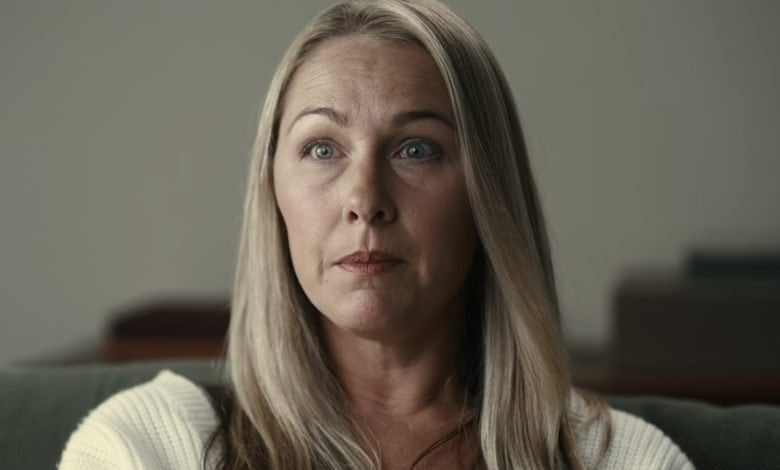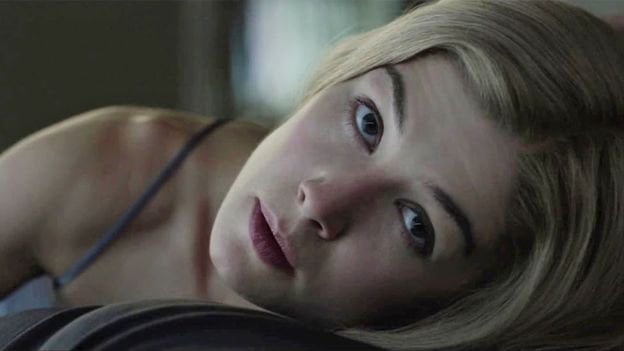
This story includes descriptions of sexual assault that may be distressing to some readers.
Denise Huskins' story sounds like something lifted from the pages of a twisted thriller novel.
In 2015, Denise and her boyfriend, Aaron Quinn, awoke in the middle of the night to their Californian home being broken into. It was a horrific ordeal, culminating in Denise being abducted and taken to a remote location, while Aaron was drugged and left on the couch.
He woke up the next morning to a ransom demand to ensure his partner's safe return.
Thankfully, Denise was released after two days. But this wouldn't be the moment of salvation that she expected. Instead, she would be re-victimised by the Vallejo police not believing her story.
The police thought the entire abduction was a hoax inspired by Gillian Flynn’s novel and David Fincher's film adaptation, Gone Girl, which had only relatively recently come out in cinemas.
The couple's story and the aftermath of the abduction are masterfully explored in Netflix's American Nightmare, a three-part docuseries featuring interviews with Denise, Aaron, their loved ones, and detectives involved in the case.
Watch the trailer for American Nightmare. Post continues below.



Top Comments